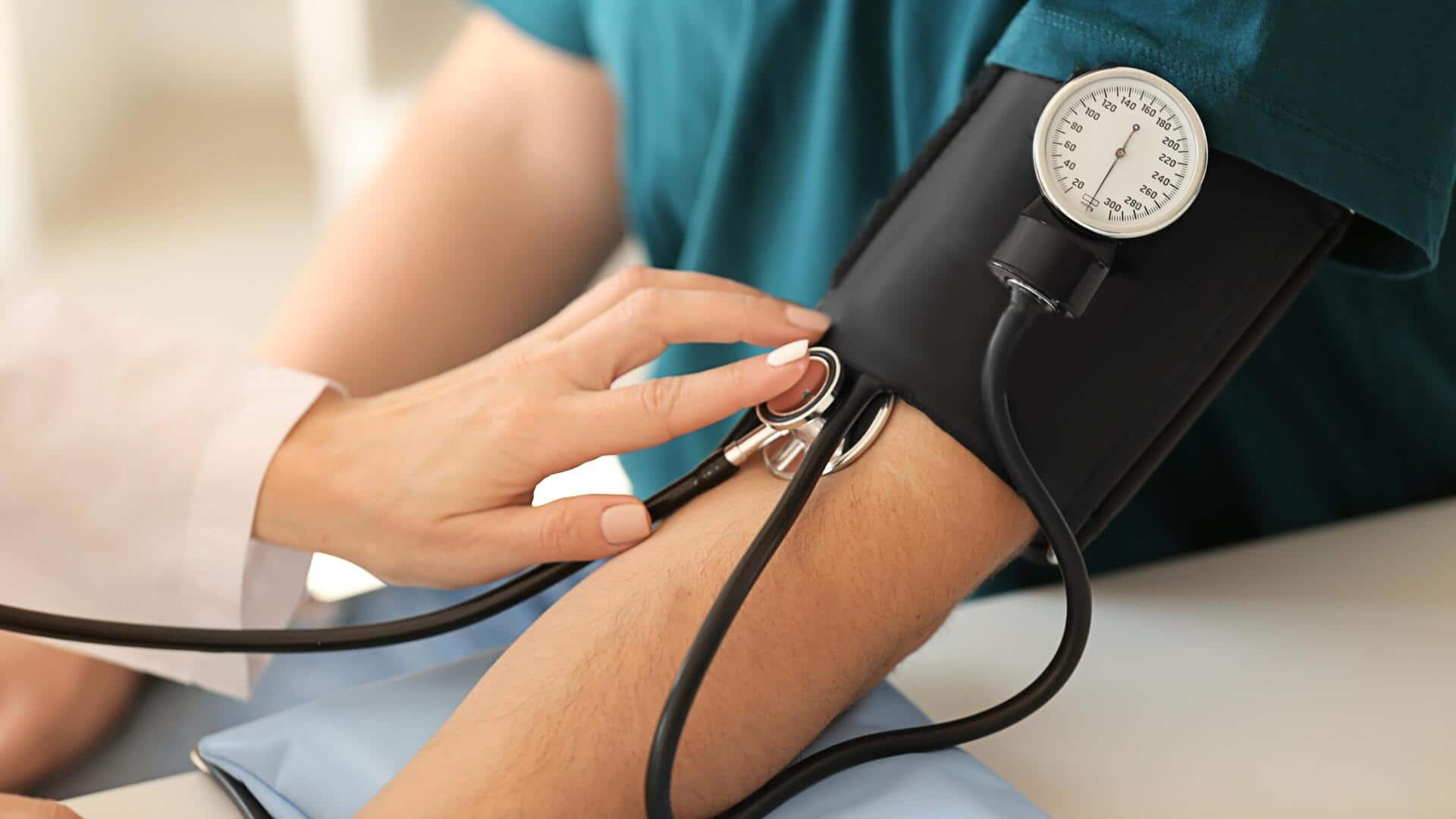
Here's how to measure your blood pressure correctly
What's the story
No more endless waiting rooms or rushed appointments! You can now conveniently monitor your blood pressure from the comfort of your own home with our guide. This becomes crucial when your physician recommends vigilant blood pressure monitoring for your well-being, considering you have hypertension. Here's how you can easily monitor your blood pressure at home.
Avoid
What to avoid
When it comes to accurately measuring your blood pressure, it is important to be mindful of certain factors that can temporarily cause it to rise. These include stress, smoking, exposure to cold temperatures, physical exertion during exercise, consumption of caffeine, and certain medications. To ensure reliable readings, it is advisable to avoid these factors as much as possible when taking your blood pressure reading.
Preparation
What to ensure before you take reading
Be relaxed and comfortable, and use the restroom before starting. Roll up your sleeve or remove tight clothing from your arm. Sit in a chair next to a table for five to 10 minutes, ensuring your arm is at heart level. Sit up straight with your back against the chair, legs uncrossed. Rest your forearm on the table, palm facing up.
Finding pulse
Locate your pulse
Gently press your index and middle fingers to the inside center of your elbow bend, where the brachial artery is located. This will help you accurately detect your pulse and proceed with measuring your blood pressure. If you can't feel your pulse, position the head of the stethoscope (for a manual monitor) or the arm cuff (for a digital monitor) in that area.
Positioning
Secure the cuff
Wrap around the cuff on your arm with the stethoscope head over the artery. The cuff might have an arrow indicating the stethoscope placement. The bottom edge of the cuff should be approximately one inch above your elbow bend. Secure the cuff comfortably. Place the stethoscope in your ears, slightly tilting the earpieces forward for optimal sound.
Inflate
Inflate the cuff
Hold the pressure gauge in your left hand and the bulb in your right. Rotate the screw on the bulb clockwise to close the airflow valve. Squeeze the bulb to inflate the cuff. You might hear your pulse through the stethoscope. Keeping an eye on the gauge, continue inflating the cuff until the reading is about 30 points higher than your expected systolic pressure.
Taking reading
Deflate the cuff and take the reading
While closely observing the gauge, gradually open the airflow valve counterclockwise. Turn the valve slowly and listen attentively for the first pulse beat. Once you hear it, make a note of the reading on the gauge. Continue to slowly deflate the cuff and listen carefully until the sound disappears. Make a note of the last pulse beat; that is your diastolic pressure.
Re-checking
Take the reading again for higher accuracy
For optimal accuracy, ensure your arm remains straight. If you released the pressure too quickly or couldn't detect your pulse, avoid inflating the cuff immediately. Wait for one minute before repeating the measurement. Begin by reapplying the cuff. Waiting allows the blood vessels to return to their normal state and ensures that the blood flow in the arm stabilizes.